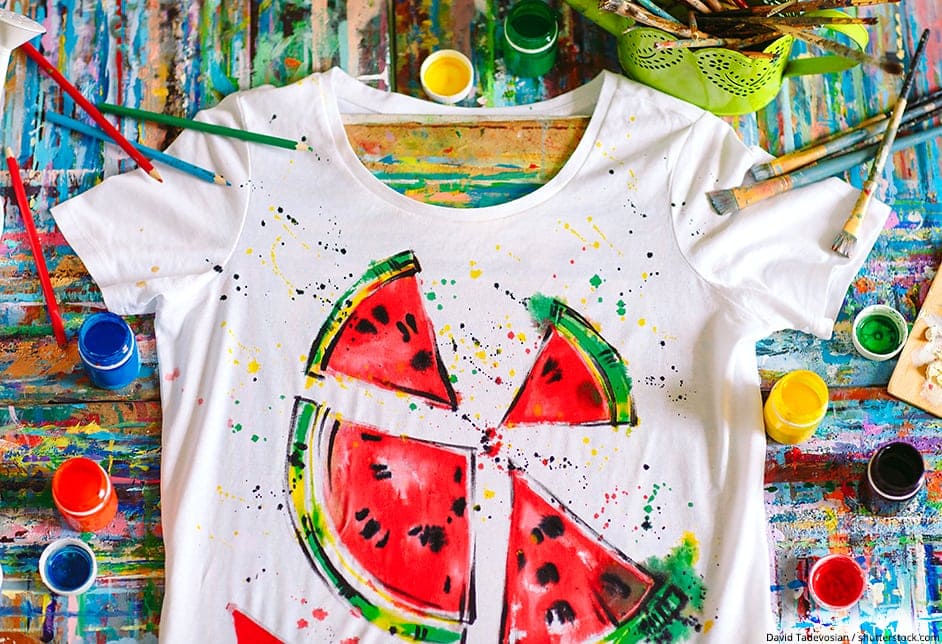Introduction: Unleashing Creativity on Textiles
In the realm of artistic expression, boundaries between mediums often blur, giving birth to innovative techniques and unique creations. One such crossover that has piqued the interest of artists and craft enthusiasts alike is the use of acrylic paint on fabric. This exploration invites a world of possibilities, transforming mundane textiles into vibrant, wearable art or decorative pieces. But can you really use acrylic paint on fabric, and if so, how does one master this technique? This comprehensive guide delves into the intricacies of painting with acrylics on fabric, ensuring your creative journey is not only fulfilling but also long-lasting.
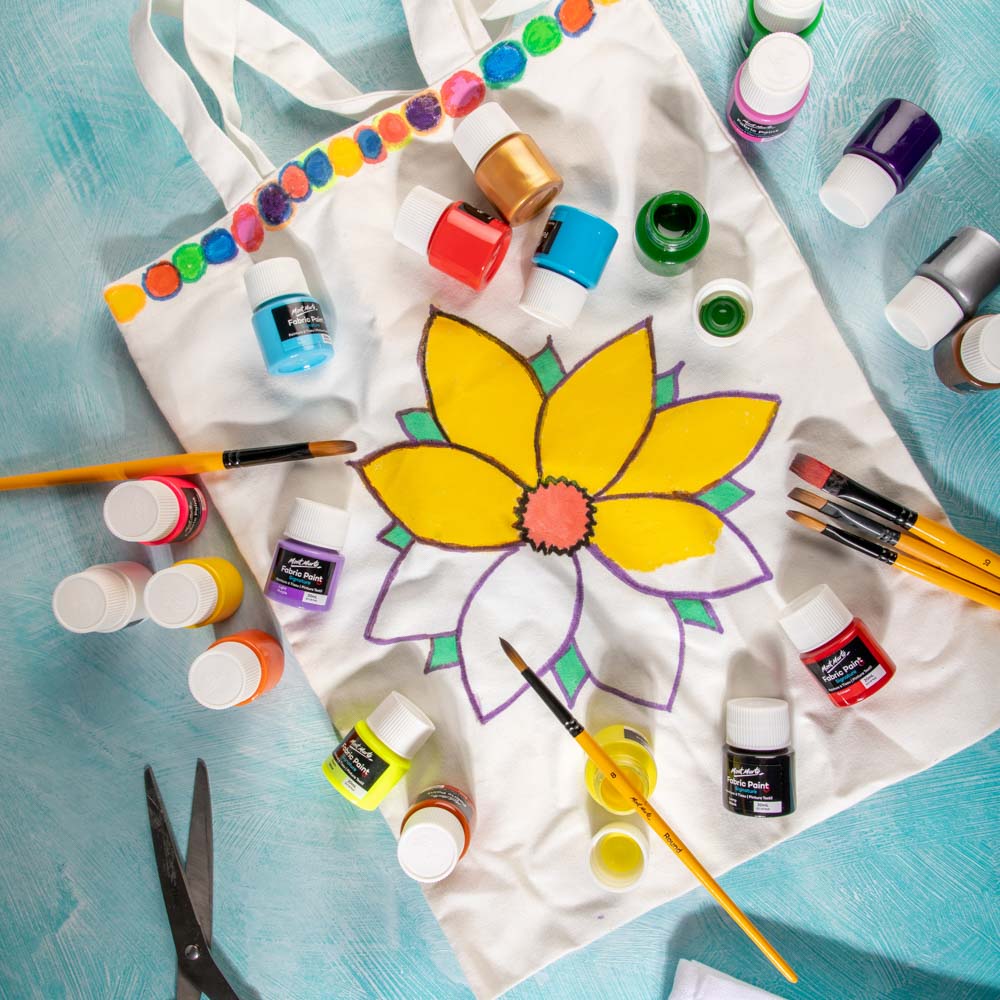
Understanding Acrylic Paint: The Basics
Before diving in, it’s crucial to understand the nature of acrylic paint. Known for its versatility, quick-drying properties, and water-soluble nature when wet, acrylics become water-resistant and durable once dry. Unlike traditional fabric paints, acrylics were initially designed for canvas and other rigid surfaces. However, their adaptability has made them a popular choice for fabric applications, provided the right preparation and finishing techniques are employed.
Preparation is Key: Preparing Your Fabric
To ensure a successful outcome, proper fabric preparation is paramount. Begin by choosing a clean, white, or light-colored fabric made from natural fibers like cotton, linen, or silk. Synthetic fabrics may repel the paint or result in less vivid colors. Wash and dry the fabric without fabric softener to remove any finishes that might interfere with paint adhesion. Ironing the fabric smooth can help create an even painting surface.
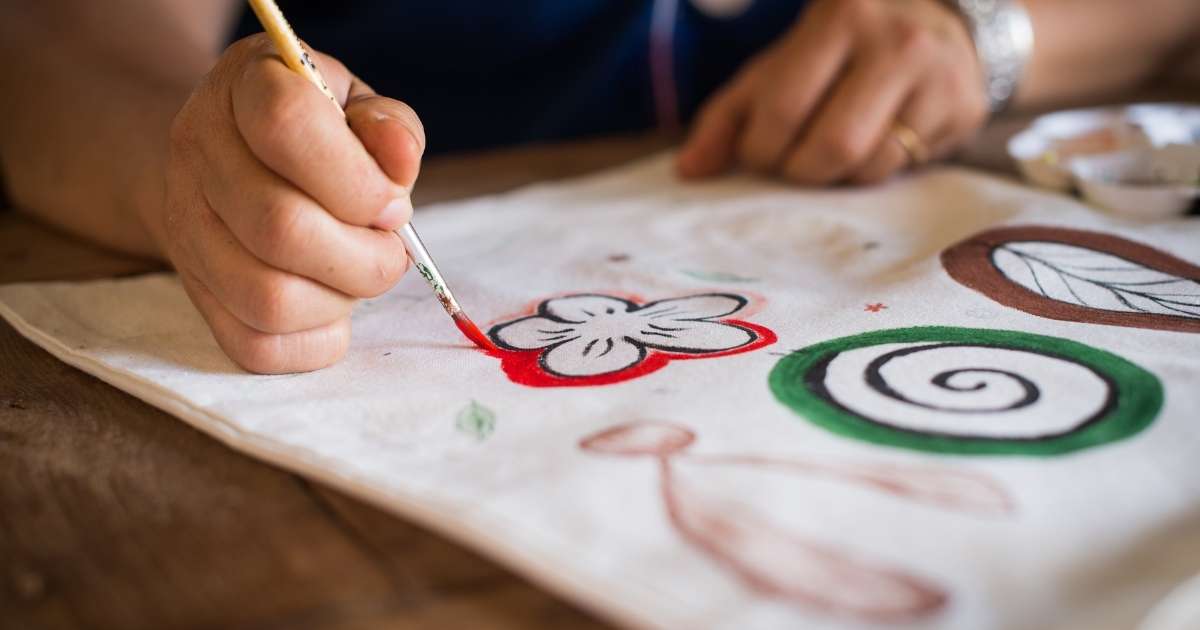
Adhesion Boost: Using a Fabric Medium
A critical step in using acrylics on fabric is incorporating a fabric medium. This specially formulated liquid, when mixed with acrylic paint, enhances the paint’s flexibility, reduces stiffness, and promotes better adhesion to the fabric. Typically, mix the medium in a ratio of 1 part medium to 2 parts acrylic paint. This blend not only improves washability but also retains the integrity of the colors, preventing cracking or peeling over time.
Techniques for Application: From Brush Strokes to Stenciling
The application of acrylic paint onto fabric opens up a myriad of creative avenues. For freehand designs, use high-quality brushes suitable for the level of detail desired. Experiment with various brush strokes to achieve different textures and effects. Alternatively, stenciling offers precision, enabling intricate patterns or lettering. Sponging or stamping can add depth and texture, while splattering creates a playful, abstract effect. Remember, the beauty of acrylics lies in their layering potential; allow each layer to dry thoroughly before applying the next.
Fixing Your Masterpiece: Heat Setting for Durability
Once your artwork is complete and fully dried, heat setting is vital to lock in the color and enhance durability. Place a cloth over the painted area and apply heat using a household iron set to the appropriate fabric setting. Move the iron slowly and evenly across the cloth for about 3-5 minutes, ensuring all areas receive adequate heat. For larger projects or more delicate fabrics, consider using a tumble dryer on a low heat setting for 30 minutes as an alternative method.
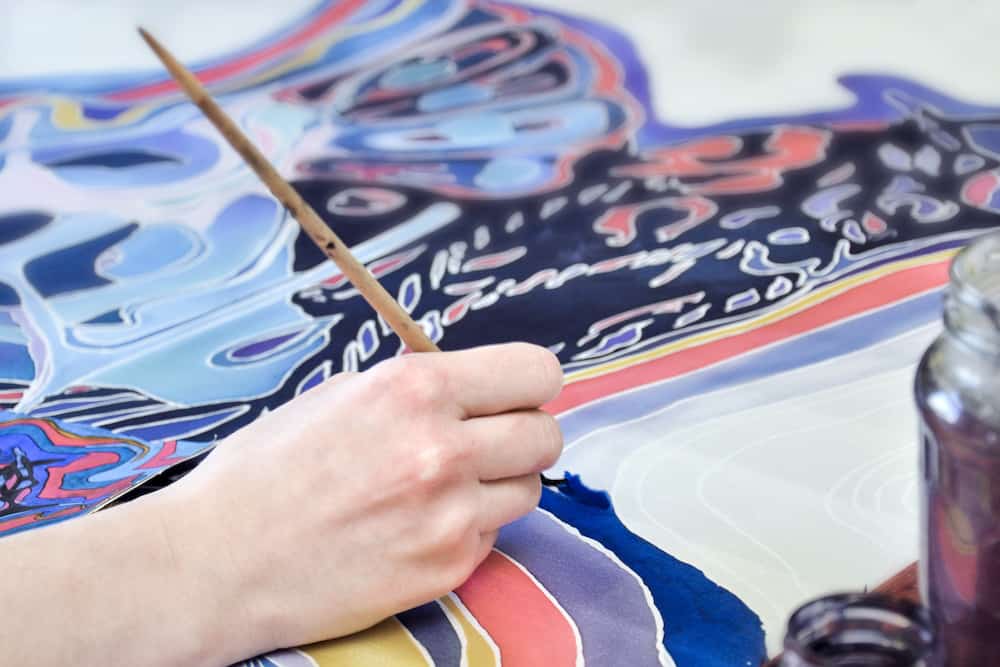
Handling Challenges: Common Issues and Solutions
Despite careful preparation, challenges may arise. One common issue is color fading after washing. To mitigate this, use high-quality, pigment-rich acrylics and always incorporate a fabric medium. If the fabric feels stiff post-painting, try washing it gently in cold water with mild detergent after heat setting. Cracking can occur if the fabric flexes excessively; avoid this by using enough fabric medium and avoiding thick layers of paint.
Exploring Advanced Techniques: Layering, Blending, and More
For those seeking to elevate their fabric painting, exploring advanced techniques can yield stunning results. Layering different hues creates depth and complexity, while wet-on-wet blending can achieve soft transitions between colors. Adding texture with impasto techniques or incorporating mixed media elements like beads, sequins, or embroidery can bring an extra dimension to your work. Don’t shy away from experimenting; the beauty of art lies in its endless possibilities.
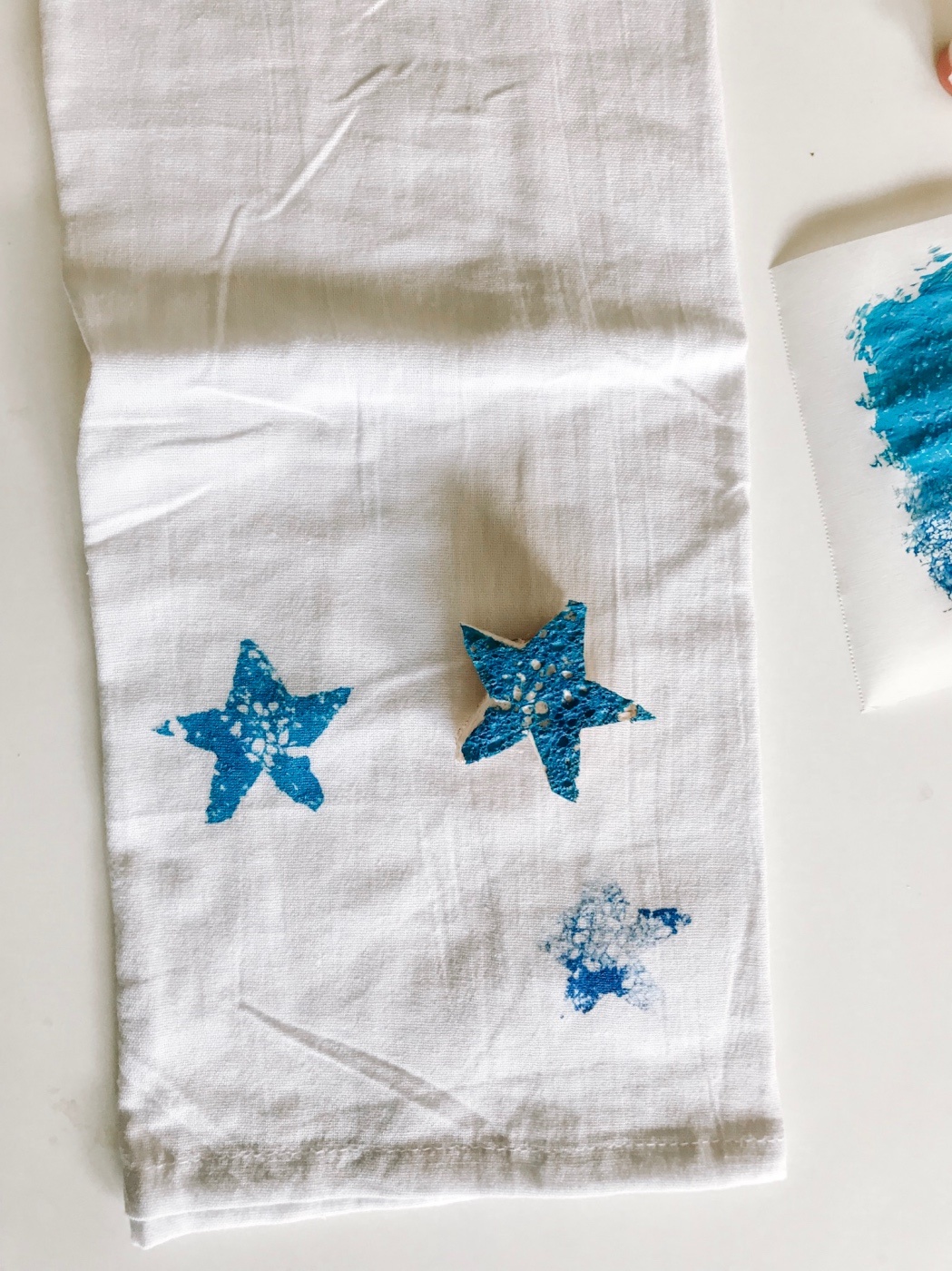
Caring for Your Painted Fabric: Maintenance Tips
To preserve your masterpiece, follow specific care instructions. Hand wash gently in cold water with mild soap, avoiding harsh detergents or bleach. Avoid twisting or wringing the fabric; instead, let it air dry flat. For machine washing, use a gentle cycle with cold water and place the item in a mesh laundry bag. It’s wise to turn painted garments inside out before washing to protect the design. Remember, while heat setting significantly increases durability, frequent washing can gradually fade the colors over time.
Long-Term Storage and Display Considerations:
If you’re not planning to use or display your fabric artwork immediately, proper storage is crucial. Ensure the piece is completely clean and dry before folding it carefully and placing it in an acid-free tissue paper or cloth to prevent yellowing. Store in a cool, dark, and dry location, away from direct sunlight which can cause fading over time. For long-term display, consider framing the fabric behind UV-resistant glass or hanging it in a well-lit but indirect sunlight area to minimize color degradation.
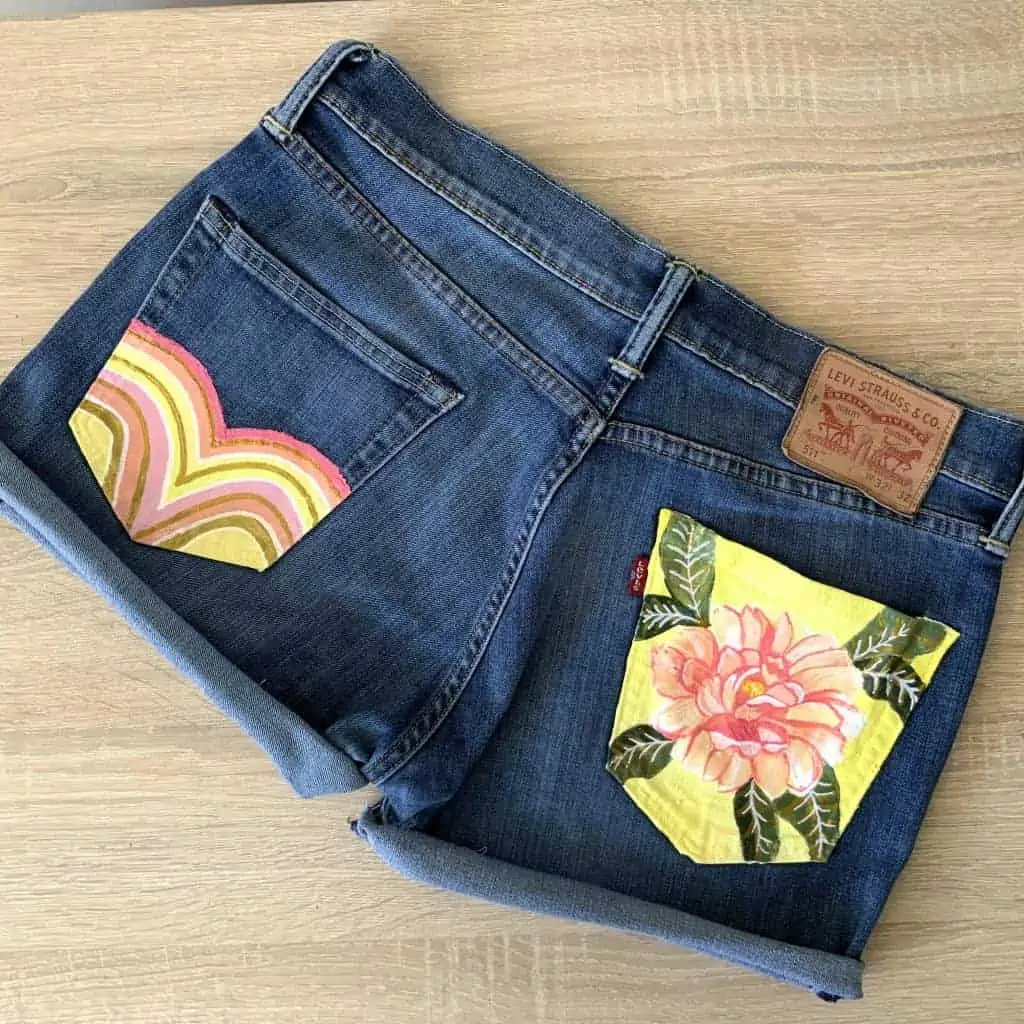
Revitalizing Faded Artwork:
Despite best efforts, some fading may occur over years, especially with heavily exposed pieces. Reviving faded colors can sometimes be achieved by touching up with a light layer of fresh, color-matched paint followed by re-heat setting. This should be done cautiously to maintain the integrity of the original work. Alternatively, using textile restoration services can be considered for valuable or sentimental pieces.
Documenting and Sharing Your Creation:
Documenting your creative process and the final piece is important for personal records and can also inspire others. Take high-quality photographs under natural light or with professional lighting to capture the true colors and details. Share your journey and the finished product on social media, art forums, or personal blogs. Engaging with the artistic community not only showcases your talent but also opens doors to feedback, collaboration, and potential opportunities.
Conclusion: Embracing the Fusion of Art and Textiles
The union of acrylic paint and fabric presents an exciting frontier for artistic expression. By understanding the fundamentals, employing the right techniques, and embracing experimentation, you can transform ordinary materials into extraordinary works of art. Whether you’re a seasoned painter venturing into new territory or a beginner dipping your toes into fabric painting, remember that practice, patience, and creativity are key. As you navigate this colorful journey, may your creations inspire and delight, serving as wearable or decorative testaments to the infinite potential of combining acrylics with the flexible canvas of fabric.





